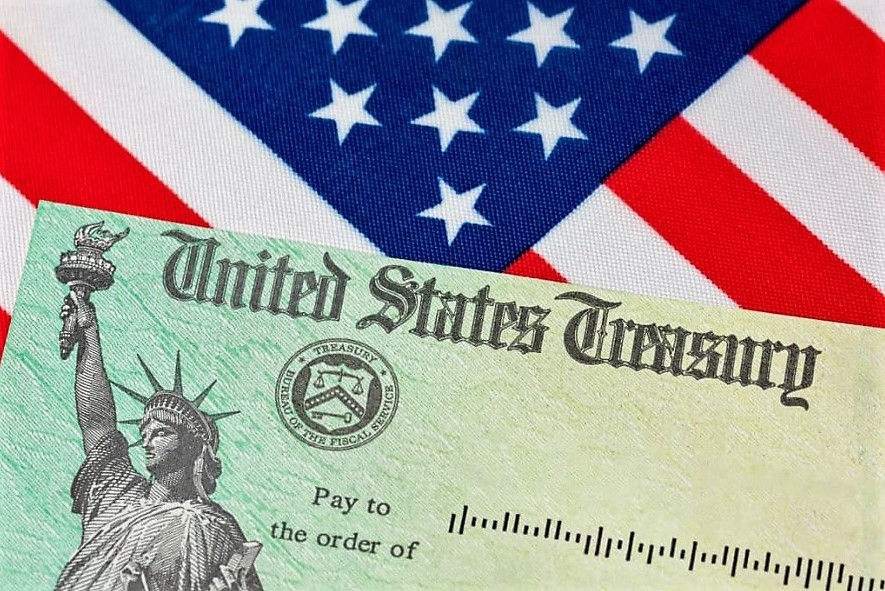Unraveling the Differences Between PPP, EIDL Loans, and the ERC Tax Credit
- Steve Moreland

- May 11, 2023
- 2 min read
Today, let's unravel the distinctions between the Paycheck Protection Program (PPP), Economic Injury Disaster Loans (EIDL), and the Employee Retention Credit (ERC) tax credit.

The Paycheck Protection Program (PPP): The PPP, introduced as part of the CARES Act, aimed to provide financial relief to businesses impacted by the pandemic. The program offered forgivable loans to cover eligible expenses such as payroll costs, rent, utilities, and mortgage interest. These loans, administered by the Small Business Administration (SBA), were designed to help businesses retain employees and maintain their operations. The forgiveness aspect made the PPP an attractive option, as qualifying businesses could have their loans forgiven if they met specific criteria, including maintaining employee headcount and salary levels.
Economic Injury Disaster Loans (EIDL): The EIDL program, administered by the Small Business Administration (SBA), provided low-interest loans to businesses suffering economic injury due to a declared disaster. While initially available for physical disasters, the SBA expanded EIDL to include economic injury resulting from the COVID-19 pandemic. Unlike PPP loans, EIDL loans were not forgivable but offered longer repayment terms and a more flexible use of funds, including working capital, rent, and debt payments.
The Employee Retention Credit (ERC): The ERC, established under the CARES Act, was a refundable tax credit, administered by the Internal Revenue Service (IRS), designed to support businesses in retaining employees during the pandemic. Eligible businesses could claim a credit against employment taxes for a portion of qualified wages paid to employees. Initially, the ERC was mutually exclusive with PPP loans, but retroactive changes allowed businesses to access both programs, subject to certain limitations.
Distinguishing Factors:
a. Purpose and Use of Funds:
PPP loans focused on maintaining employee headcount and covering eligible expenses, with the potential for forgiveness.
EIDL loans aimed to provide working capital and assist businesses in overcoming economic injury, with longer repayment terms.
b. Forgiveness:
PPP loans were forgivable if businesses met specific criteria, including using at least 60% of funds for payroll costs and maintaining employee headcount and salary levels.
EIDL loans were not forgivable but provided longer repayment terms and greater flexibility in fund utilization.
c. Eligibility:
PPP loans were available to small businesses, including self-employed individuals, independent contractors, and nonprofit organizations that met specific size and revenue criteria.
EIDL loans were available to small businesses, agricultural businesses, and most private nonprofit organizations.
d. Interaction with ERC:
Initially, the ERC and PPP loans were mutually exclusive, but retroactive changes allowed businesses to access both programs, subject to limitations.
The ERC provided a tax credit against employment taxes for eligible businesses that experienced a significant decline in gross receipts or a full or partial suspension of operations.
Conclusion: Understanding the distinctions between the PPP, EIDL loans, and the ERC tax credit is crucial for navigating the complex landscape of pandemic relief. While the PPP focused on maintaining employee headcount and covering essential expenses, EIDL loans offered longer repayment terms and greater flexibility. The ERC tax credit aimed to incentivize employee retention through refundable tax credits against employment taxes.




Comments